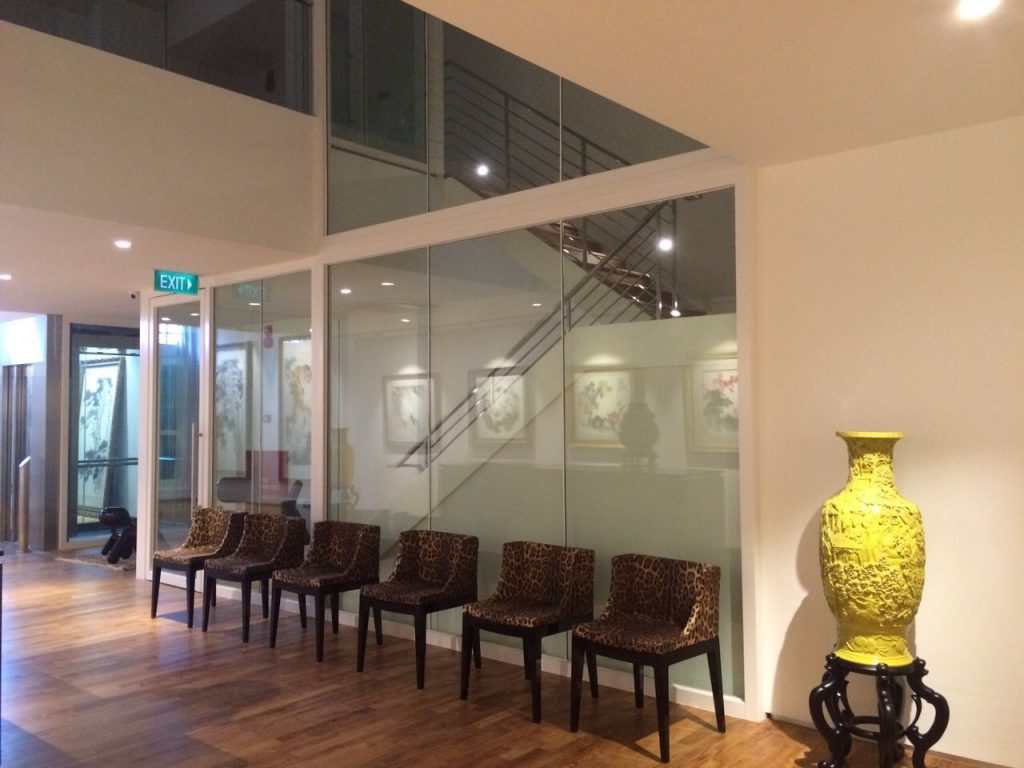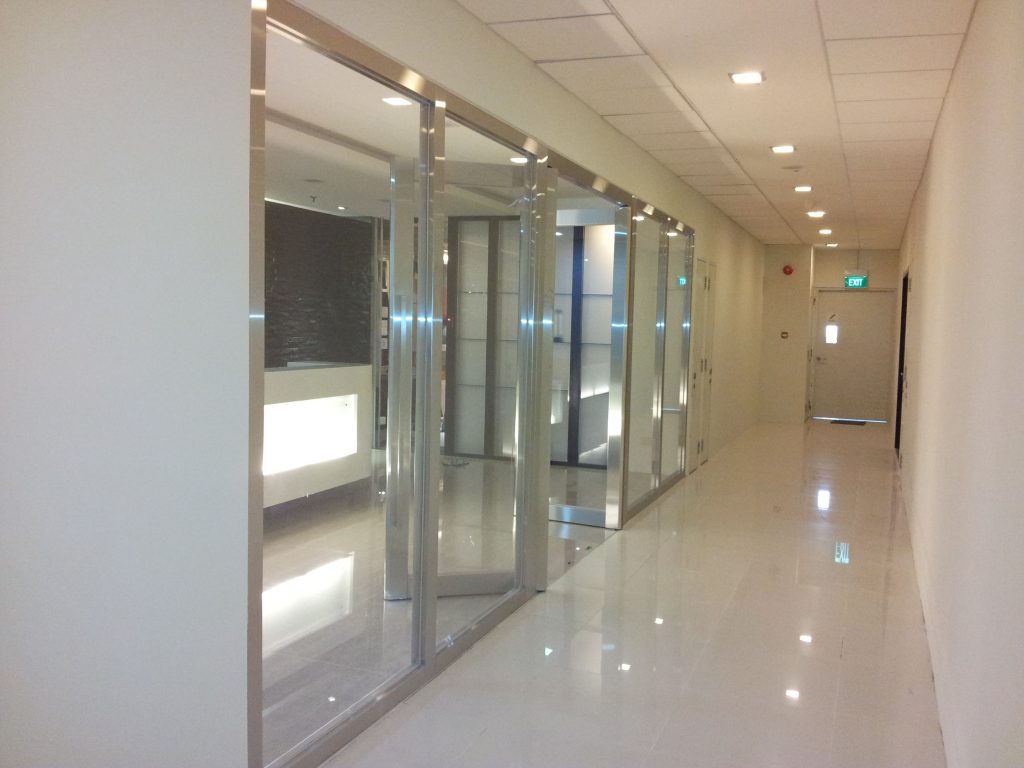Fire rated glass is an essential component of building safety, as it offers transparency as well as defense against the spread of the fire. Although, just like any other construction element, fire rated glass needs to be inspected and maintained on a regular basis to make sure it stays safe and effective. Let us examine the best procedures for maintaining and inspecting fire rated glass in this blog article, emphasising the important aspects and pointers for facility managers, building owners and maintenance staff.

The definition of fire rated glass
Before everything else, let us define fire rated glass. Basically, it is a type of glass especially made and tested to withstand heat, smoke and flames during a fire. It is made up of many glass layers with an interlayer between them that serves as a fire barrier.
Establishing a maintenance schedule
The maintenance of fire rated glass requires frequent scheduling in order to preserve its integrity. The occupancy of the facility, local laws and manufacturer recommendations are just a few of the variables that will affect how often maintenance is performed. Generally speaking, maintenance should be done at least twice a year, and further inspections should be carried out following any major events, such as building renovations.
Visual inspection
The first line of defence for spotting possible problems with fire rated glass is a visual inspection. Trained professionals should closely evaluate the glass during these examinations to look for any indications of deterioration, such as chips, cracks or delamination. They should also look for wear, corrosion or other degradation indicators on the surrounding frames, seals and hardware that can jeopardise the integrity of the glass.
In any case that damage or degradation is found, it needs to be addressed right away. Repairs may involve replacing the damaged components or, for more difficult repairs, obtaining professional assistance, depending on the type and extent of the damage.
Testing and certification
Fire rated glass must undergo rigorous testing and certification to ensure its effectiveness in real fire scenarios. Building owners and facility managers should verify that the installed fire-rated glass complies with local fire safety codes and standards. The glass should bear the appropriate certification labels or markings, indicating its fire rating, manufacturer, and compliance with relevant standards.
It is important to confirm that these labels or marks are present and readable during inspections. It is also advised to get in touch with the manufacturer or a trained expert if any labels are missing, broken or difficult to read in order to get the information and records you need.
Cleaning and maintenance procedures
Regular cleaning is essential to maintain the visual appeal and functionality of fire rated glass. Use only manufacturer-approved cleaning agents and non-abrasive tools to prevent damage to the glass surface or any applied coatings. Avoid using solvents or abrasive materials that may compromise the integrity of the fire rated glass.
When cleaning fire rated glass, pay special attention to the seals and frames surrounding the glass. Make sure the seals are in good condition and clear of any debris, as broken seals can let smoke and flames in. To guarantee appropriate operation, hardware parts like hinges and latches should be cleaned and lubricated following manufacturer recommendations.
Sealing and caulking
Proper sealing and caulking are vital to maintain the fire resistance of the glass. Over time, seals and caulking can degrade due to weathering, temperature fluctuations or exposure to chemicals. Regularly inspect the seals and caulking to ensure they are in good condition. If any signs of deterioration are observed, promptly repair or replace them to maintain the fire rated glass’s effectiveness.
Keep an eye out for any cracks, gaps or wear indicators in the caulking and seals throughout inspections. If any problems are found, find out what needs to be fixed or replaced by speaking with the manufacturer or a trained expert.

Documenting maintenance and inspection
Maintaining a comprehensive record of all maintenance and inspection activities is essential for compliance and liability purposes. Document the dates, findings and actions taken during each maintenance and inspection session. These records serve as valuable references and can provide evidence of due diligence in the event of an incident or regulatory inspection.
Additionally, keep a record of any repairs, replacements or upgrades performed on the fire rated glass system. This documentation will help track the history of maintenance and ensure that proper measures have been taken to address any identified issues.
Training and education
Proper training and education are also essential to ensure that individuals responsible for fire rated glass maintenance and inspection are knowledgeable and competent. Invest in training programmes that cover topics such as fire safety, proper maintenance techniques and the identification of potential issues. Regularly update personnel on new regulations, guidelines and industry best practices to keep them informed and empowered to perform their roles effectively.
Make sure your fire rated glass is still safe
As fire rated glass plays a significant role in safeguarding buildings and their occupants during fire incidents, regular maintenance and inspection are essential to ensure its ongoing effectiveness. Building owners, facility managers and maintenance staff can uphold the integrity of fire rated glass, adhere to safety requirements and improve the general fire safety of their properties simply by implementing the best practices described above.
Keep in mind that maintaining fire rated glass properly is an essential part of a shared duty for fire safety. We can reduce the hazards connected with fire events and establish safer surroundings by giving priority to these best practices. Furthermore, By staying up to date with industry standards, regulations, and best practices, building owners and facility managers can ensure that their fire rated glass systems remain in optimal condition.
In the end, a comprehensive fire safety system must include the correct upkeep and inspection of fire rated glass. We can reduce the likelihood of fire related events, save lives and property, and make everyone’s built environment safer by putting these best practices into effect.

